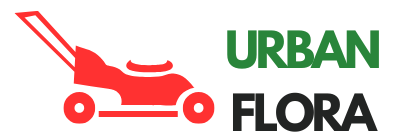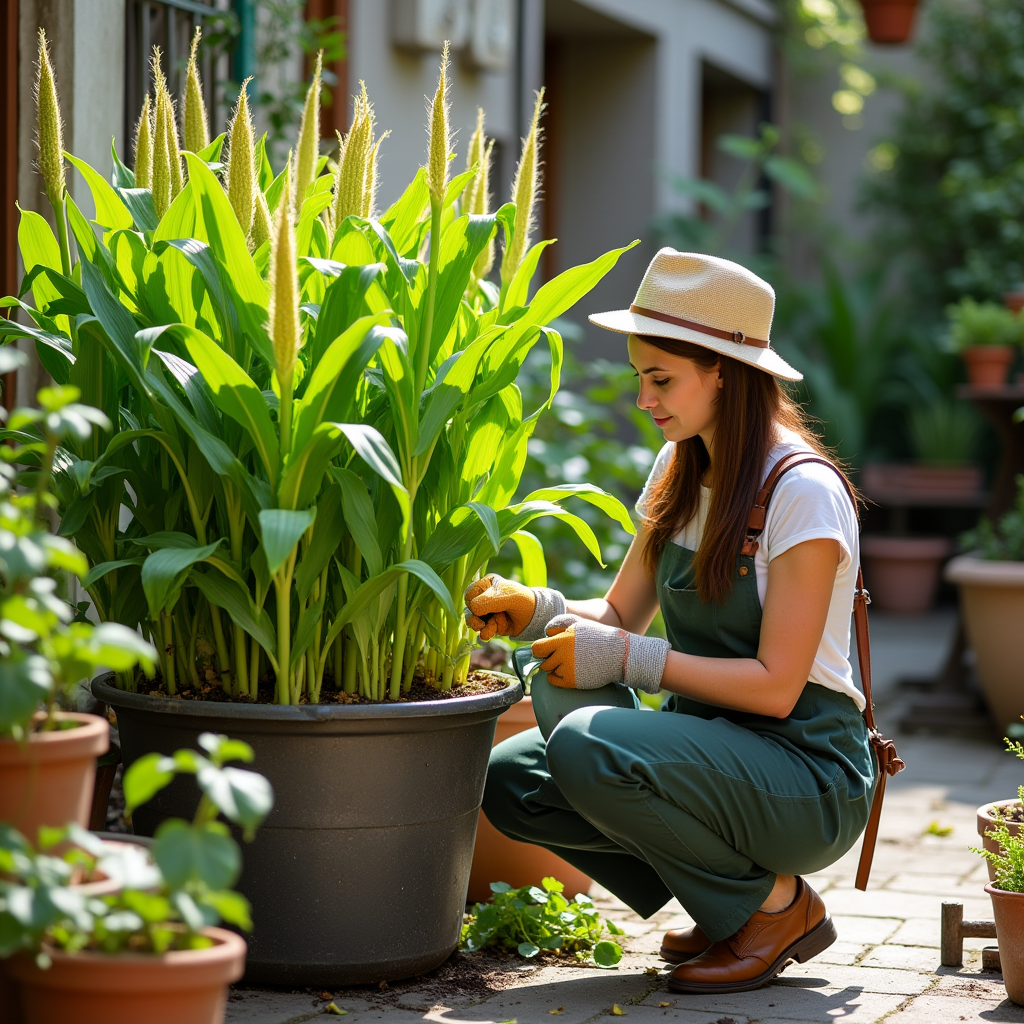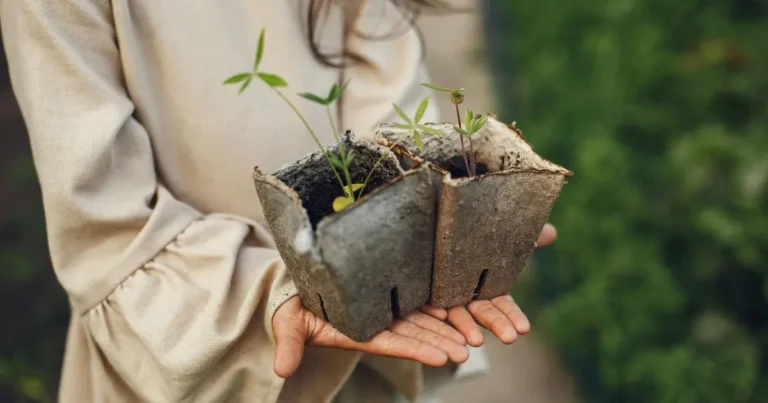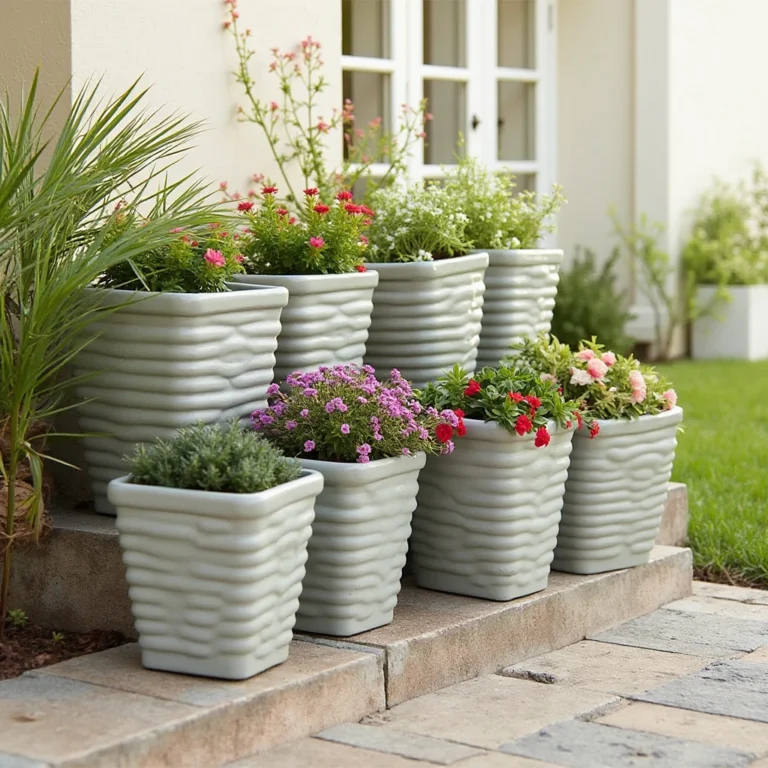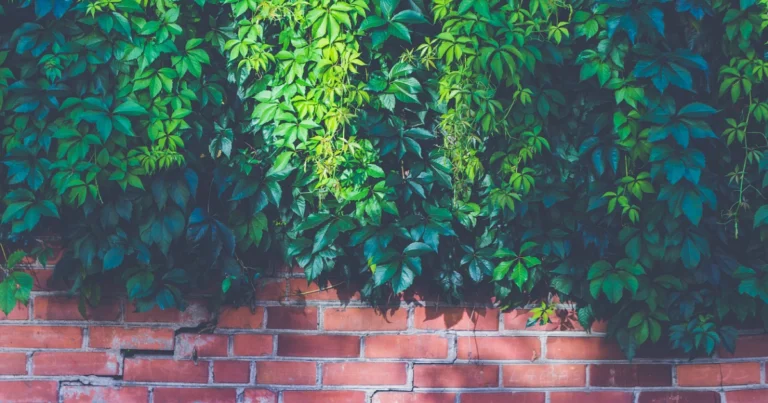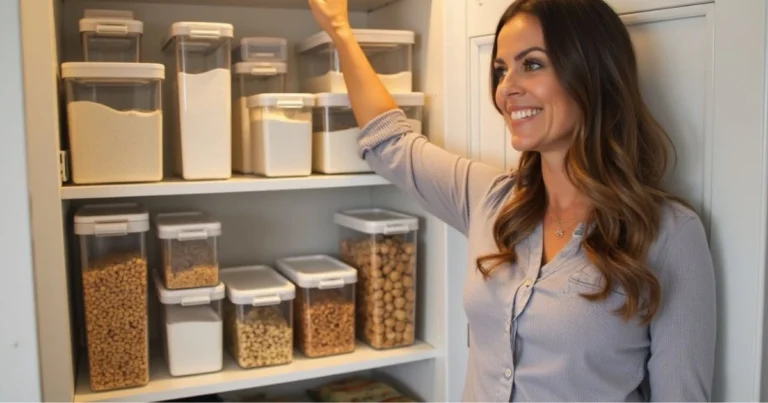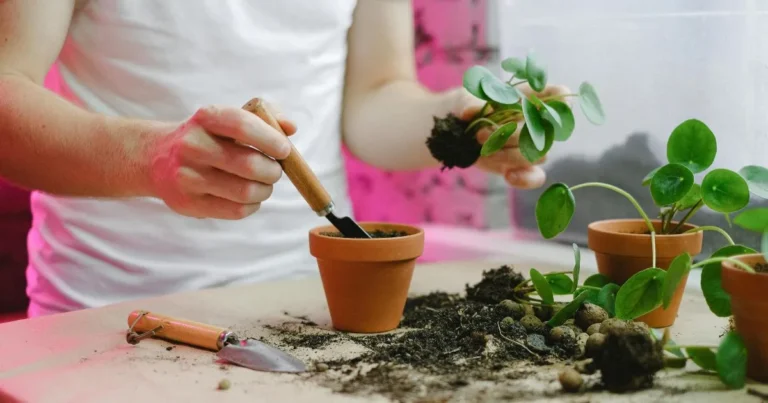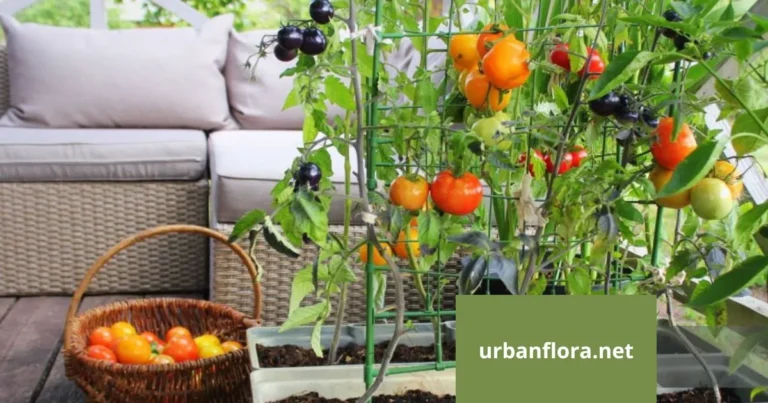Can You Grow Corn in Pots? 4 Tips and Best Practices
Table of Contents
Can you grow corn in pots. Have you ever envisioned growing your own corn, but assumed it was only possible if you had acres of land or a large garden? If you’re living in a city or a small apartment, you may feel like you’re limited to herbs or leafy greens. However, what if we told you that growing corn in pots is not only possible but also highly rewarding? Imagine stepping outside your door to harvest fresh, sweet corn from a pot right in your own space. Now is the moment to make that dream come true.
This guide will take you step-by-step through the process of growing corn in pots, providing you with all the tips and best practices to ensure your success. Whether you’re a seasoned gardener or a beginner just starting out, this article will offer valuable insights to help you grow the best corn right from the comfort of your balcony, patio, or even windowsill.
Why ‘Can You Grow Corn in Pots’? Benefits for Urban Gardeners
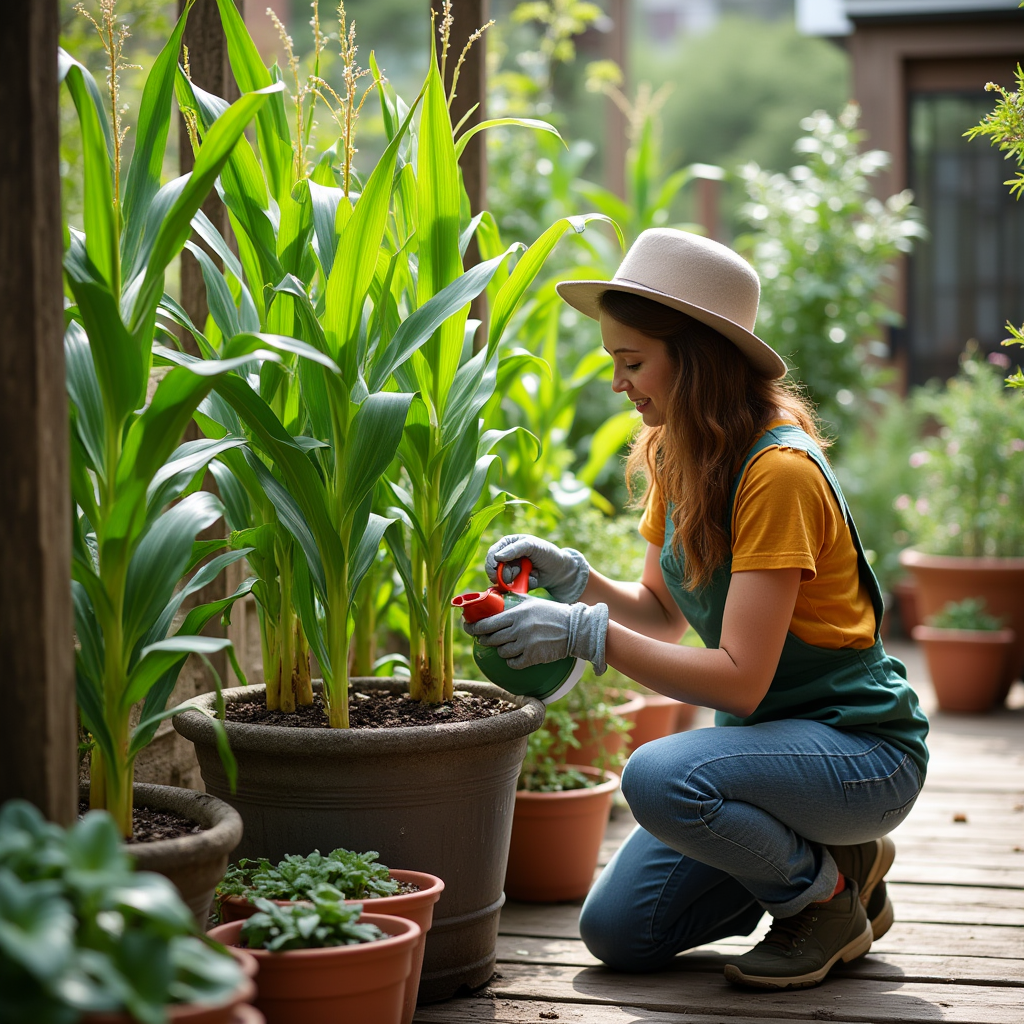
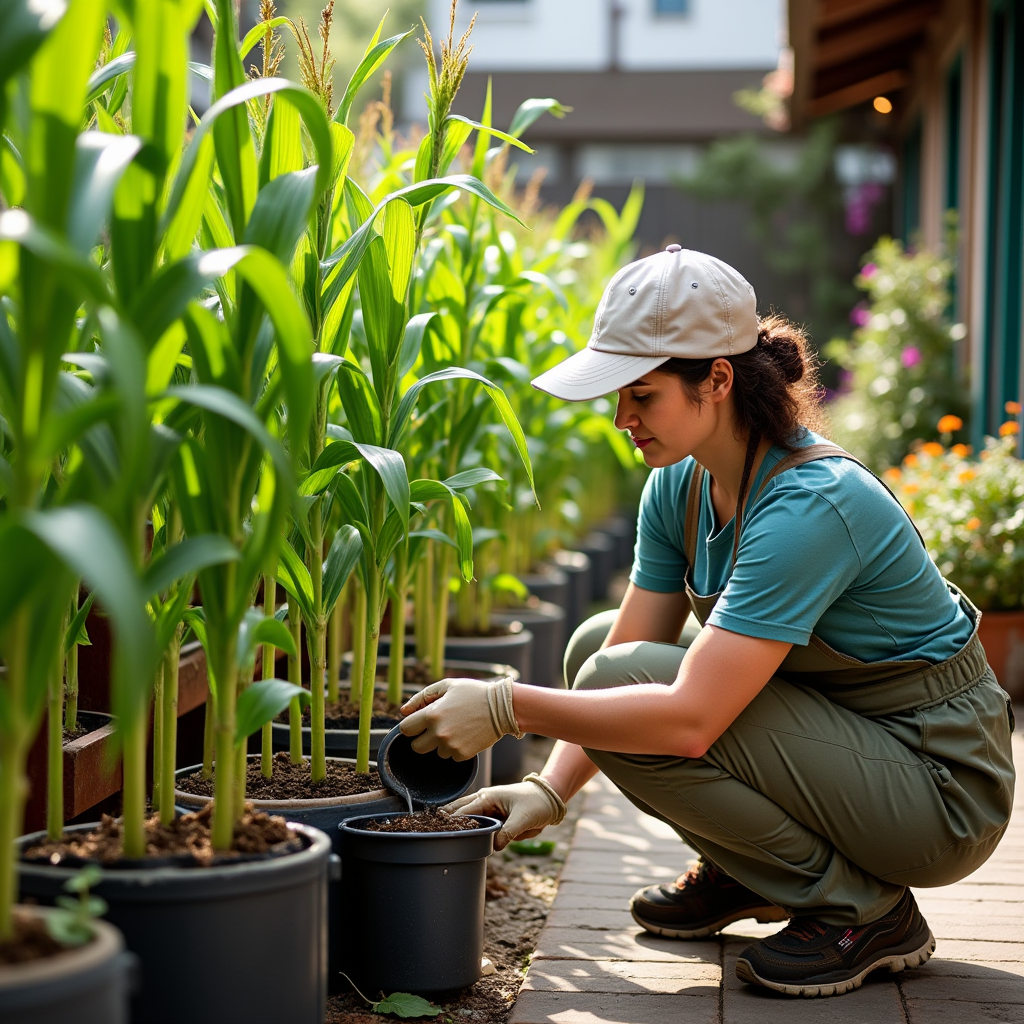
Can you grow corn in pots? this the best question to discuss here in my article. You might be wondering, “Why should I even try to grow corn in pots?” Let’s take a closer look at some compelling reasons why growing corn in containers is not just feasible but a great idea, especially for those living in urban environments.
Space Efficiency: Can You Grow Corn in Pots in Small Areas
If you’re living in a small apartment or house, finding space to grow corn can feel like an impossible task. Corn is often associated with large farms and wide-open fields, making it seem unsuitable for small urban gardens. But with containers, you can grow corn anywhere—whether it’s a balcony, rooftop, or a tiny corner of your backyard.
Corn requires a surprisingly small footprint when grown in pots. By carefully selecting the right varieties and pot sizes, you can maximize your space and still produce a bountiful harvest. You no longer have to dream of acres of land to enjoy homegrown corn.
Portability: Move Your Corn to Optimize Growth
Growing corn in pots offers one of the biggest advantages: portability. Unlike in-ground corn, which is fixed to one location, pots can be moved around to find the best sunlight and shelter from the wind. This flexibility is especially important in urban areas, where access to full sun can be limited due to buildings, trees, or other structures.
You can adjust the position of your pots to ensure your corn gets the optimal amount of sunlight throughout the day. This is particularly helpful if you want to move your plants to protect them from sudden storms or to keep them warm during cooler nights.
Fresh, Homegrown Corn: The Ultimate Reward
Imagine the satisfaction of harvesting your own corn after months of care. There’s a distinct pleasure in growing your own food, and corn is no exception. Growing corn in pots allows you to control the process, from seed to harvest, ensuring that your crop is free from pesticides and chemicals. The taste of freshly harvested corn is unbeatable, and there’s nothing more rewarding than enjoying a meal made from produce you grew yourself.
Choosing the Right Pot for Growing Corn
Selecting the right container is the first step in growing healthy, productive corn plants. Corn requires a large amount of space for its roots to grow, and the pot you choose will directly impact the success of your plants. Here’s what you need to know.
Pot Size: Bigger is Better
When growing corn in pots, size matters. While it’s tempting to use smaller containers, corn needs a deep and wide space to develop strong, healthy roots. The ideal pot should be at least 18-24 inches in diameter and depth to give your corn enough room to grow. Smaller pots will limit root growth and potentially stunt the overall development of your plants.
If you plan on growing multiple corn plants in a single pot, opt for a larger container, ideally 24 inches wide or more. Larger pots provide space for the plants to grow without competing for resources.
Material: What’s the Best Pot for Corn?
The material of your pot can affect both drainage and water retention, which are crucial factors for corn’s success. Here are some common materials to consider:
- Plastic Pots: These are lightweight and retain moisture well, reducing the need for frequent watering. However, plastic can overheat in direct sunlight, so be mindful of the location where you place your pots.
- Terracotta Pots: Terracotta is an excellent option for those who want a more natural look. These pots are porous, allowing for better airflow to the roots, but they also tend to dry out faster, so you may need to water more frequently.
- Fabric Pots: These have become popular in recent years, as they provide excellent drainage and aeration for the roots. They also help prevent the pot from overheating in the sun. Fabric pots are ideal for urban gardening because they’re lightweight and can be moved easily.
Drainage Holes: A Must-Have for Healthy Roots
No matter the type of pot you choose, it’s essential that it has proper drainage. Corn is susceptible to root rot if left sitting in waterlogged soil. Ensure that your pot has at least a few drainage holes at the bottom to allow excess water to escape. You can also add a layer of small stones at the bottom of the pot to further improve drainage.
Best Corn Varieties for Container Gardening
When growing corn in pots, choosing the right variety is key. Some types of corn are better suited for small spaces than others. Let’s explore the best corn varieties for container gardening.
Dwarf Varieties: The Perfect Choice for Small Spaces
Dwarf corn varieties are specifically bred to thrive in containers and smaller spaces. These varieties have compact growth habits and smaller stalks, making them ideal for growing in pots. Some of the most popular dwarf varieties include:
- Minipop: A small, sweet corn variety that grows to just 3 feet tall, making it perfect for container gardening.
- Baby Corn: Typically harvested early for use as an edible immature ear, baby corn is a fantastic option for pot growing.
These dwarf varieties tend to produce smaller ears of corn, but they’re perfect for those who want to grow corn in a limited space.
Sweet Corn vs. Field Corn: What’s Best for Pots?
Sweet corn is the most popular variety for home gardeners, and it’s well-suited to container gardening. It’s compact, requires less space, and produces the sweet, tender corn you typically find at the farmer’s market. Field corn, on the other hand, is better suited for large-scale farms and can be harder to manage in pots due to its size and height.
For most urban gardeners, sweet corn is the best choice for container gardening, as it grows well in smaller spaces and provides a satisfying yield.
Hybrid vs. Heirloom: Which One Should You Choose?
Hybrid corn varieties tend to offer stronger yields, resistance to diseases, and more uniform growth, which can be beneficial when growing in pots. However, heirloom varieties are often favored for their superior flavor and sustainability. Both have their pros and cons, but for container gardening, hybrid varieties might be the safer choice if you’re looking for a reliable and high-yielding crop.
Grow Corn in Pots: Step-by-Step Guide
Now that you have your pots and seeds, it’s time to start growing! Here’s a detailed, step-by-step guide on how to grow corn in containers.
Step 1: Preparing Your Pot and Soil
The first step is to prepare your container. Begin by choosing a high-quality, well-draining potting mix. Avoid using garden soil, as it can become compacted in containers and doesn’t drain well.
- Soil Mix: A good mix for growing corn should be lightweight and well-aerated. You can craft your own blend by mixing equal portions of compost, peat moss, and perlite.
- Fill the Pot: Fill your container about two-thirds full with soil. Leave a few inches of space at the top to avoid overflow when watering.
Step 2: Planting Corn Seeds
Corn seeds should be planted 1-2 inches deep in the soil. You can plant 3-4 seeds per pot to ensure strong pollination. If you’re growing multiple corn plants, space them 6-8 inches apart.
Plant your seeds after the last frost date in your area, once the soil temperature is consistently above 60°F. In most climates, this is typically in late spring or early summer.
Step 3: Providing Proper Sunlight and Temperature
Corn is a sun-loving plant that requires at least 6-8 hours of direct sunlight each day. Choose a location for your pots that gets plenty of sunlight, such as a south-facing balcony or rooftop.
Corn also thrives in warm temperatures. Ideal growing conditions for corn range between 60°F and 95°F. Be sure to protect your plants from frost and extreme cold.
Step 4: Watering and Feeding
Corn requires consistent moisture to grow, especially during its active growing phase. Water your plants deeply to ensure the soil is evenly moist, but avoid letting the soil become soggy. Containers tend to dry out faster than garden beds, so check the soil regularly and water as needed.
Fertilize your corn every 2-3 weeks with a balanced, nitrogen-rich fertilizer. This will help support strong leaf growth and produce healthy ears of corn.
Common Challenges When Grow Corn in Pots
While growing corn in pots can be a rewarding experience, there are a few challenges you may encounter. Let’s take a look at the most common issues and how to solve them.
Limited Pollination in Small Spaces
Corn is wind-pollinated, meaning that if you don’t have a sufficient number of plants close together, pollination may be less effective. To ensure good pollination, plant at least 3-4 corn plants together in one pot. You can also help the process along by gently shaking the plants to distribute pollen.
Soil Depletion and Nutrient Deficiencies
Corn is a nutrient-demanding plant, meaning it needs plenty of nutrients to grow successfully. Container gardening can lead to soil depletion, so be sure to amend the soil with compost or fertilizer regularly to keep your plants healthy.
Pest and Disease Management
Like all plants, corn can fall victim to pests like aphids and corn borers. To prevent infestations, regularly check your plants for signs of damage and treat them with organic pesticides or natural remedies like neem oil. Companion planting, such as growing marigolds or basil near your corn, can also help deter pests.
Urban Gardening Tips for Growing Corn in Pots
| Urban Gardening Tips | Best Practices |
| Location | Place pots in the sunniest spot on a balcony or patio |
| Container Size | Use large, deep pots (18-24 inches) |
| Wind Protection | Use windbreaks or place pots against a wall to avoid damage |
| Watering | Water thoroughly but allow soil to drain well |
Harvesting Your Corn: When and How to Reap the Rewards
Corn typically takes about 60-100 days to reach maturity, depending on the variety you choose. You’ll know your corn is ready when the husks turn brown, the kernels are plump, and the silk has dried out.
To harvest, simply pull the ear down from the plant and twist it off the stalk. Be careful not to damage the plant in the process.
FAQs About Growing Corn in a Pot
Q1: Can I grow regular corn in a pot, or do I need special varieties?
Answer: While regular corn can be grown in pots, it’s best to choose dwarf or smaller varieties for container gardening. These varieties are specifically crafted to flourish in compact spaces.
Q2: How many corn plants can I grow in one pot?
Answer: You can grow 3-4 corn plants in a single pot to ensure good pollination. However, avoid overcrowding, as it can stunt growth.
Q3: Can I grow corn indoors in pots?
Answer: Growing corn indoors can be difficult, as corn needs a lot of sunlight. If you have a sunny space or use grow lights, it’s possible, but outdoor growth is usually more successful.
Conclusion: Grow Your Own Corn, Even in Small Spaces
Growing corn in pots is not only feasible but incredibly rewarding. With the right knowledge and tools, you can cultivate a thriving corn crop even in the smallest of spaces. Follow the tips in this guide, and you’ll be enjoying fresh, homegrown corn in no time. Whether you’re an urban gardener, a balcony enthusiast, or someone simply looking to try something new, growing corn in pots is an experience you won’t regret. Happy gardening!
